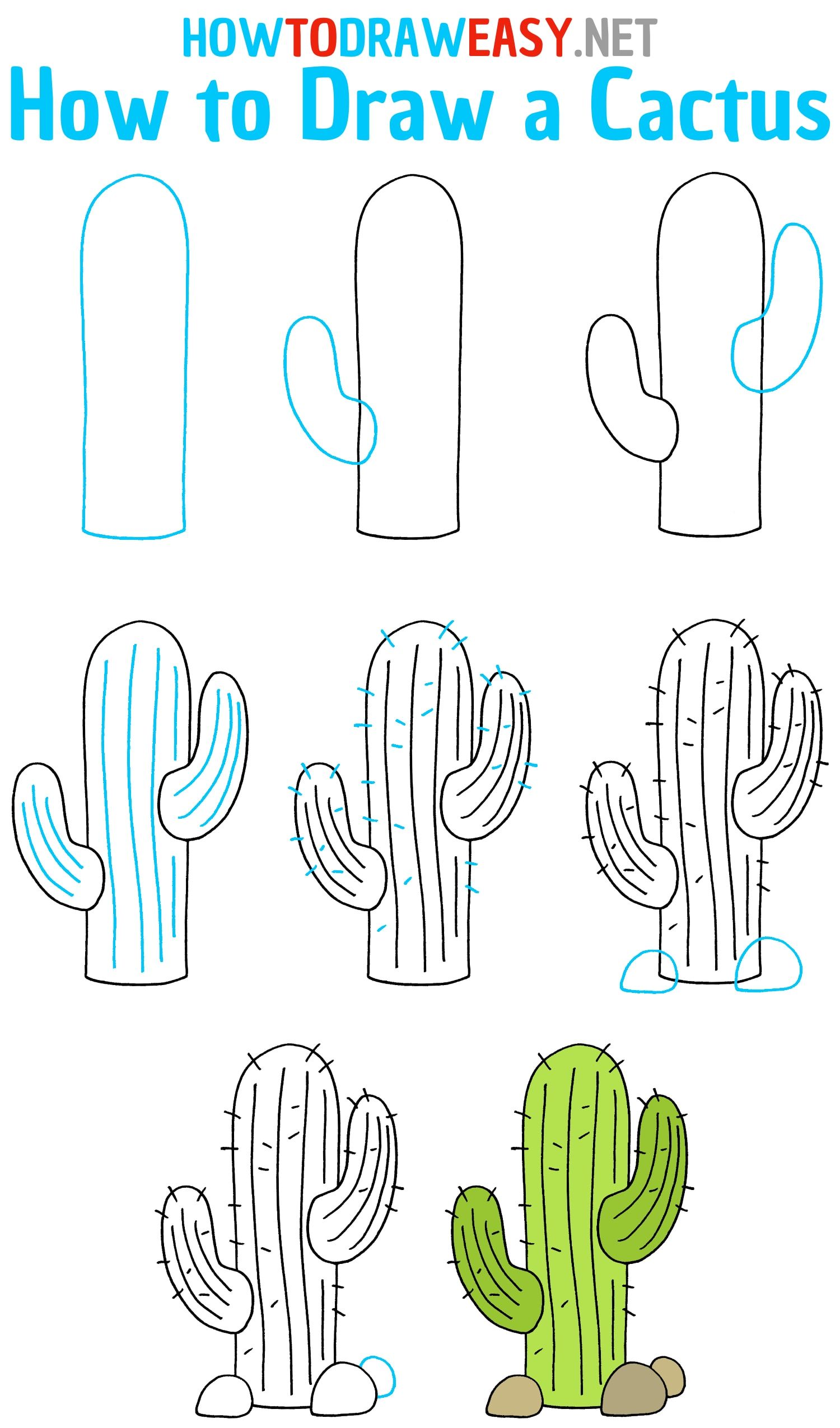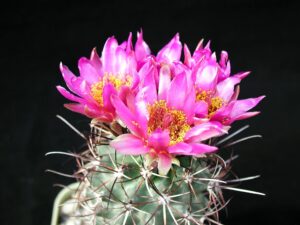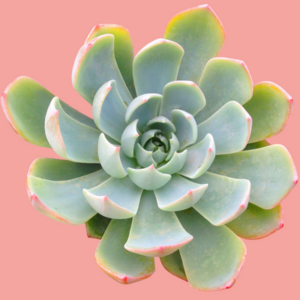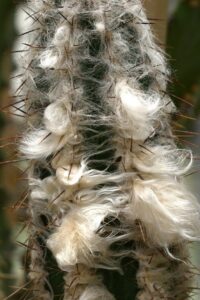Trimming a cactus plant is an essential practice for ensuring its health, aesthetic appeal, and the promotion of robust growth. This guide provides an exhaustive examination of the intricacies involved in the art of pruning cacti, catering to both enthusiasts and novices alike.
Understanding the necessity of cactus pruning is pivotal. Beyond mere aesthetics, pruning serves to eliminate dead or diseased segments, encourages the development of new growth, and optimally manages the plant’s size. Let us delve into the various aspects of cactus trimming, from preparation to post-pruning care.
Preparation: Gear Up for Success
Before embarking on the pruning endeavor, proper preparation is crucial. Gather the right tools and materials, which will facilitate a smoother process. Essential tools include:
- Sharp, Clean Pruning Shears: Opt for high-quality, stainless steel shears to ensure precise cuts. Dull or dirty tools can lead to jagged edges, promoting disease.
- Long-Handle Tongs: These are particularly useful when dealing with larger cacti to maintain a safe distance from spines.
- Gardening Gloves: Choose thick gloves to protect your hands from sharp spines and potential injury.
- Disinfectant: Prepare a solution of rubbing alcohol or bleach diluted in water; this is vital for sanitizing your tools before and after use.
Additionally, it is advisable to familiarize yourself with the specific variety of cactus you are tending to, as different species may have unique pruning requirements and growth patterns. Understanding the plant’s natural growth habit will guide your trimming practices effectively.
Identifying the Right Time to Prune
Cactus species exhibit distinctive growth cycles, and timing your pruning effectively can dramatically impact the outcome. Generally, the best time to prune cacti is during their active growth phase, which typically occurs in spring. During this period, the plants are more resilient and capable of healing from cuts. Avoid pruning in fall or winter, when cacti enter dormancy and are less capable of recovery.
Additionally, keep an eye out for specific indicators signaling the necessity for pruning:
- Dead or Dying Segments: Yellow or brown sections often indicate that the tissue is no longer viable and should be removed.
- Overcrowding: If your cactus appears crowded or has multiple offsets (pups), selective pruning can encourage healthier growth.
- Pest Infestations: In cases where pests like mealybugs or spider mites are prevalent, affected areas should be pruned to prevent further spread and to maintain the health of the overall plant.
The Pruning Process: Step-by-Step
Having established the right time and gathered your arsenal, it is now time to proceed with the actual pruning. Follow these systematic steps to ensure precision and efficacy:
1. Clean Your Tools: Begin by sanitizing your pruners with the disinfectant solution. This step prevents the transmission of any pathogens.
2. Inspect Your Cactus: Conduct a thorough examination to identify areas that necessitate attention. Take note of dead, damaged, or excessively spiky portions.
3. Make a Plan: Before making any cuts, visualize how the alterations will affect the cactus’s structure. Planning your cuts can prevent landscape shock.
4. Execute the Cuts: Begin trimming by targeting dead and dying parts first. Use clean cuts, making sure to remove the entire dead segment rather than leaving jagged edges. If removing offsets, cut at the base and try to include some roots to encourage regrowth.
5. Dispose of Debris: Gather all the cuttings promptly and dispose of them, particularly if they show signs of disease or pests. This will avoid contaminating the rest of your plants.
6. Clean Tools Again: After pruning, sanitize the tools once more to prevent cross-contamination.
Post-Pruning Care: Nurturing Your Cactus
Post-pruning care is pivotal for the survival of your cactus following the stress of trimming. Here are key considerations:
- Watering: Refrain from watering immediately after pruning. Allow the cuts to callous over for a week or two. This helps prevent rot.
- Sunlight Exposure: After the pruning procedure, provide moderate sunlight initially to ease the plant through the transition. Gradually reintroduce it to its regular light conditions.
- Monitoring: Keep a close watch over the cactus for signs of distress or disease. Identifying issues early is critical for effective intervention.
In conclusion, effective cactus pruning promotes vitality and beauty while ensuring the longevity of these remarkable plants. By understanding the requirements of each species, employing proper techniques, and providing suitable aftercare, cacti can thrive in their environments. Armed with this knowledge, you can confidently embrace the responsibilities of cactus maintenance, fostering an enriching gardening experience that celebrates the unique characteristics of your cacti.





Leave a Comment